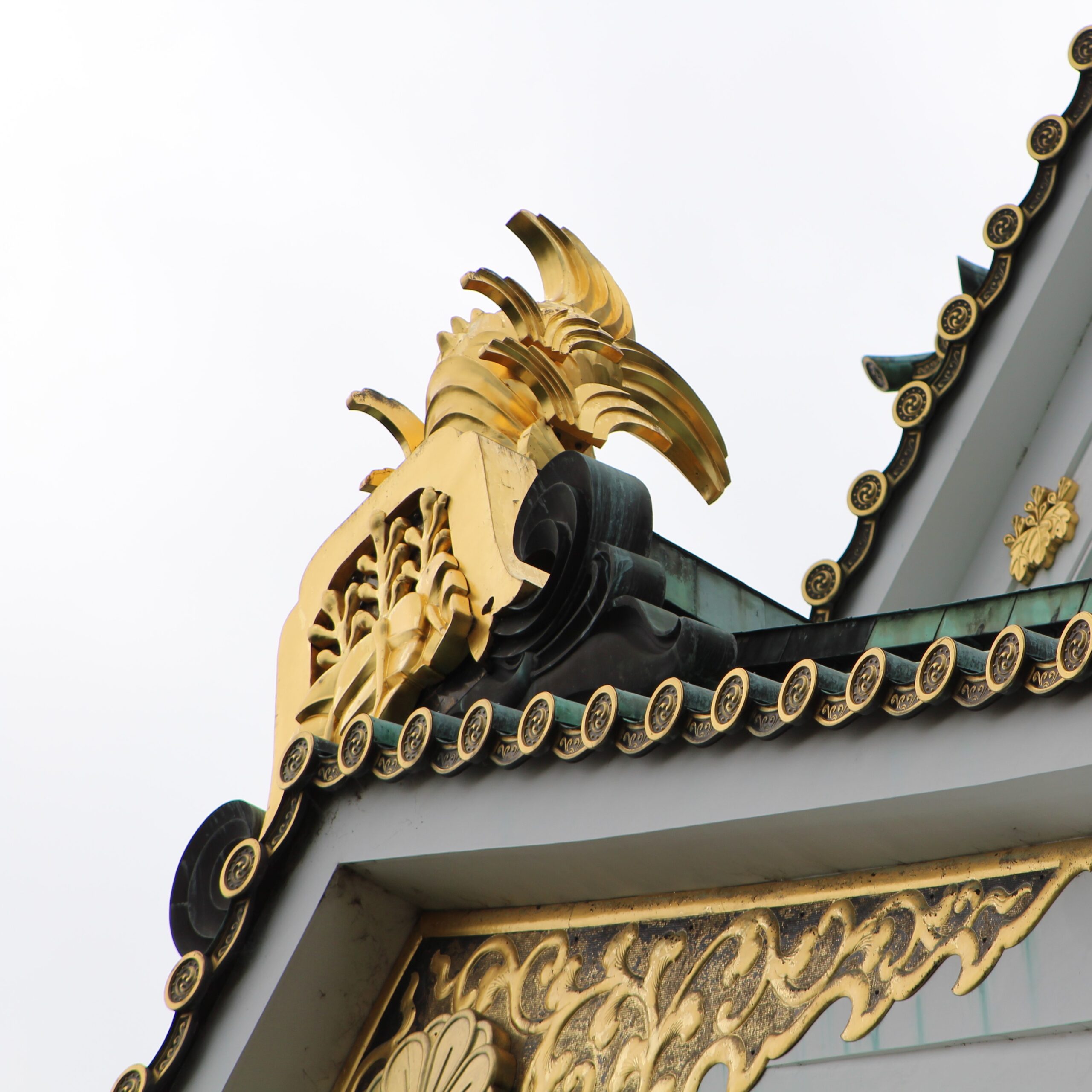Tōdai-ji Temple - in between China and Japan


📍 🇯🇵 Todai-ji (Nara prefecture)
The old imperial capital of Japan, the city of Nara, boasts of impressive shrines and architecture. Todai-ji temple is one of the hallmark sites with characteristic sloping roof and wooden architecture.
An impressive Buddha placed in the center of the shrine is surrounded by the heavenly guardians, doors guarded by the Nio guardians, and the sanctity of the shrine highlighted by incense burners, metal lamps and offering tables. Additionally, from its front porch, the access to Todai-ji is paved with three types of paving stones originating in India, China and Japan respectively, that symbolize three strands of Buddhist thought.
The following excerpt highlights the importance of Todai-ji at the confluence of ideological currents from China and Japan:
“The temple was renowned for its statue of the Great Buddha. While the statue was originally understood to depict the Buddha Vairocana, Chōgen promoted the Great Buddha as two distinct, yet congruent deities, Mahāvairocana and Amitābha. He communicated this message using mobile reliquaries of an esoteric design and statues of Amitābha installed at Pure Land halls at estates that facilitated the temple’s reconstruction. Chōgen’s rationale was to leverage the estate laborers’ understanding of the Pure Land as a postmortem paradise, while simultaneously connecting them to the products of their labors, the Great Buddha statue and Tōdaiji.” (Evan Ingram)
____ Sources ____
>> Ingram, Evan. 2016. Rebuilding Nara’s Tōdaiji on the Foundations of the Chinese Pure Land: A Campaign for Buddhist Social Development. Doctoral dissertation, Harvard University, Graduate School of Arts & Sciences
>> Ingram, Evan. Chōgen’s Vision of Tōdaiji’s Great Buddha as Both Mahāvairocana and Amitābha, in Japanese Journal of Religious Studies Vol. 46, No. 2 (2019)
